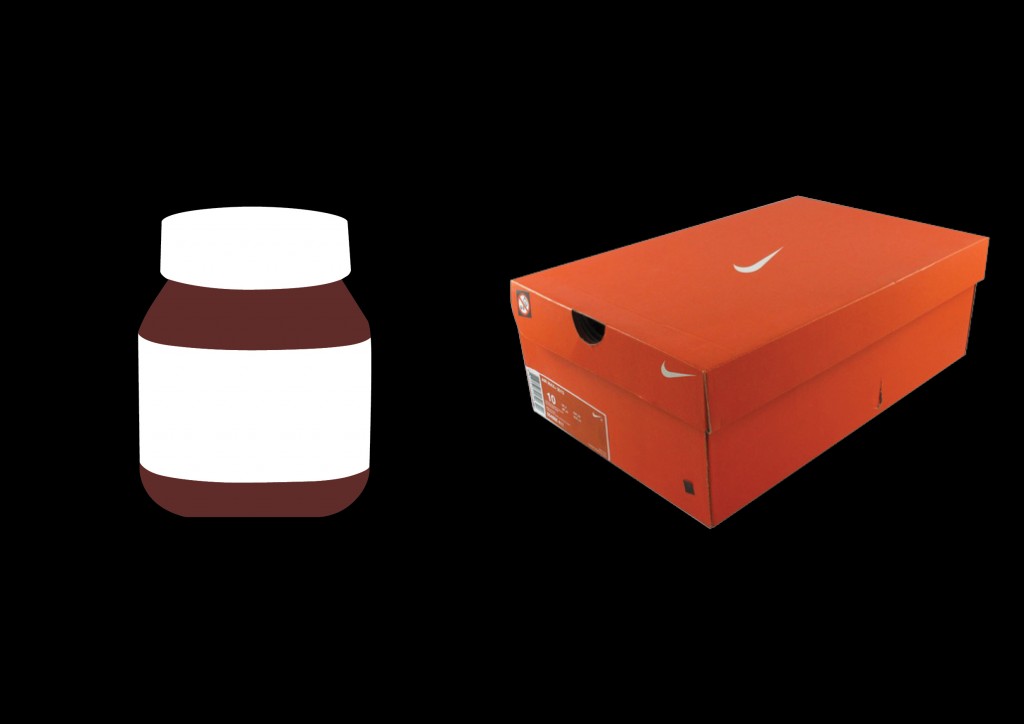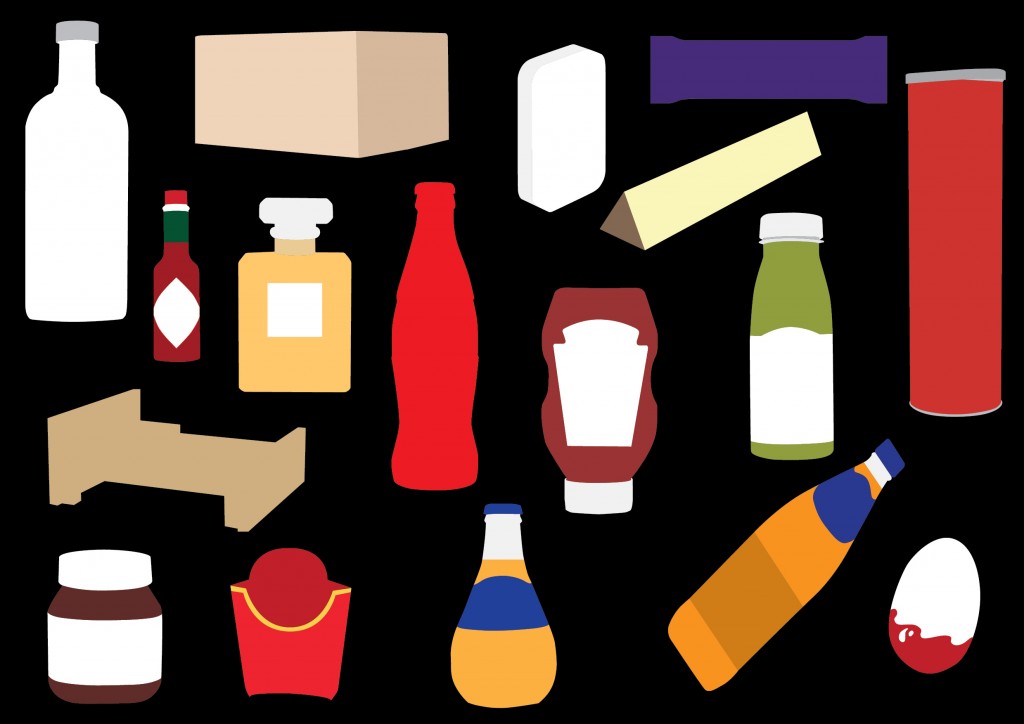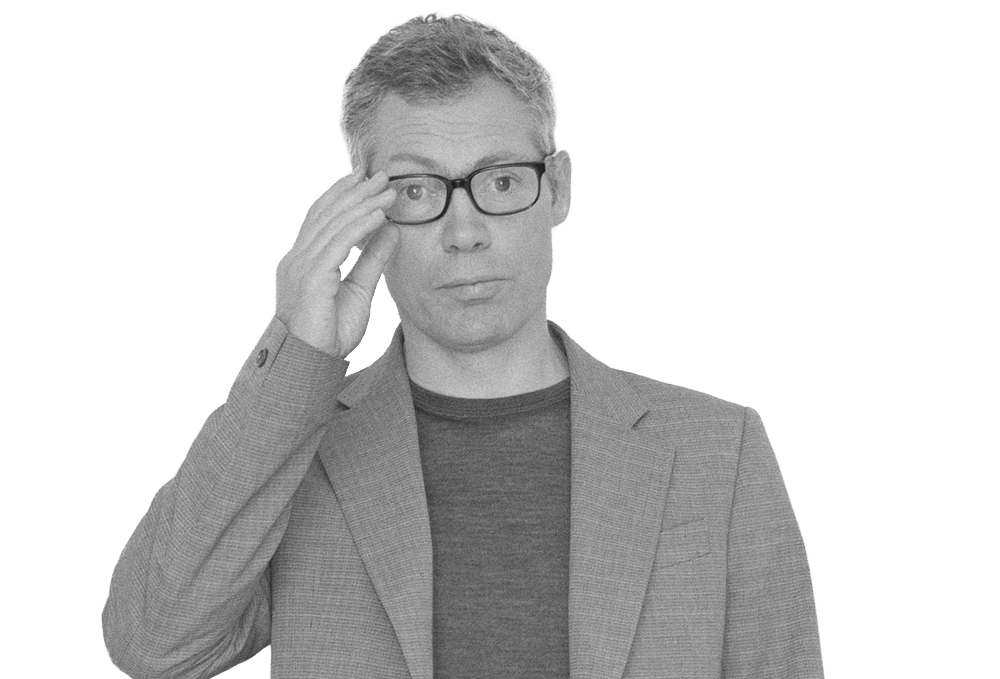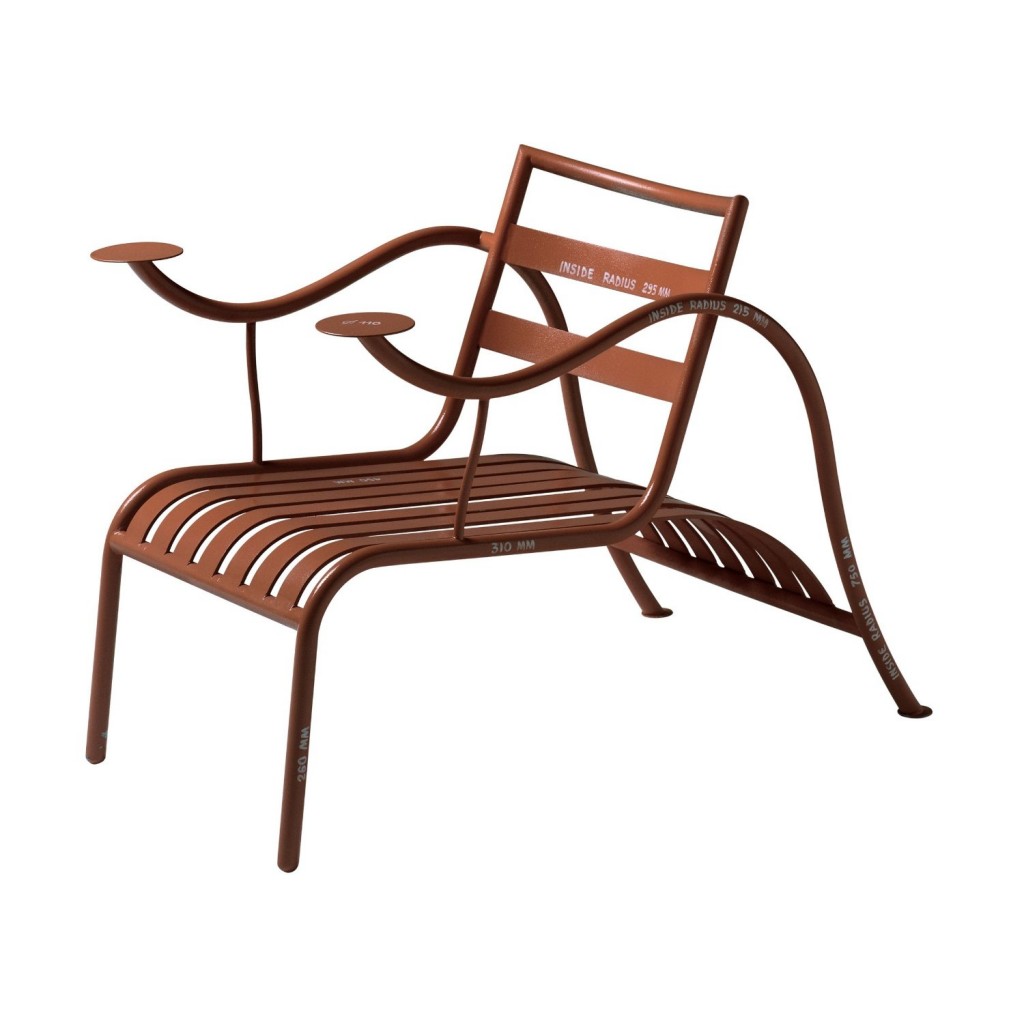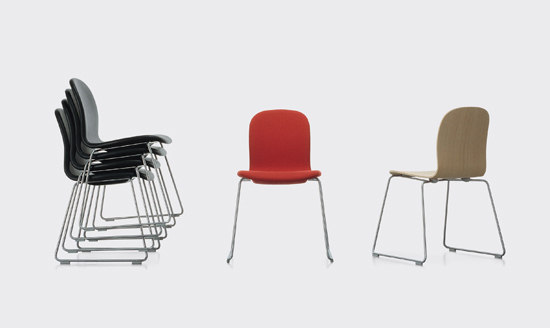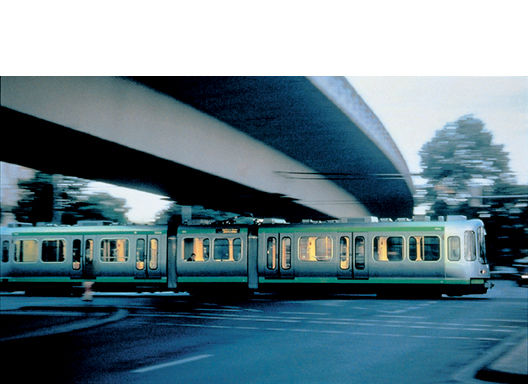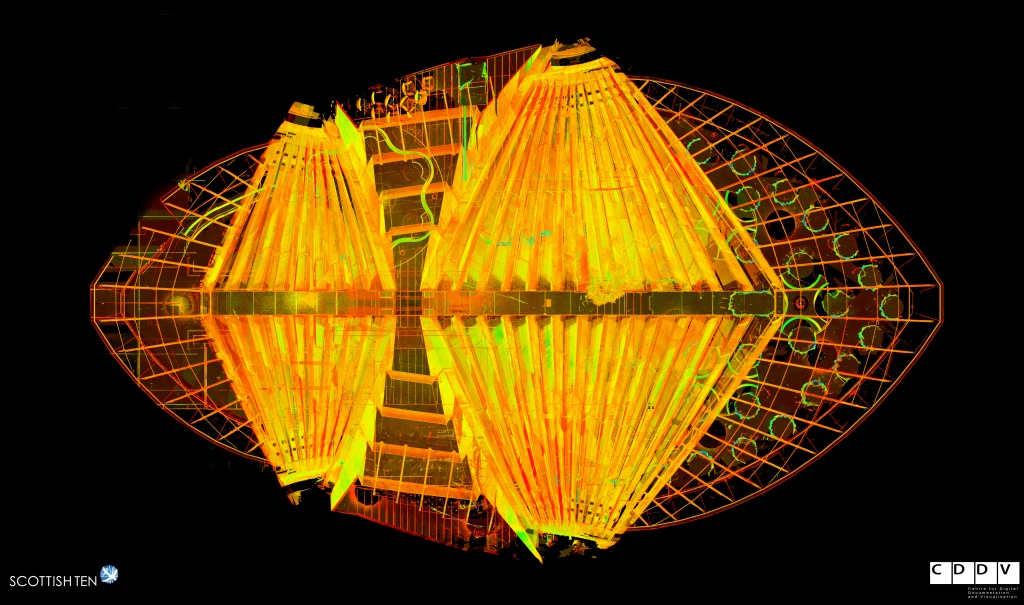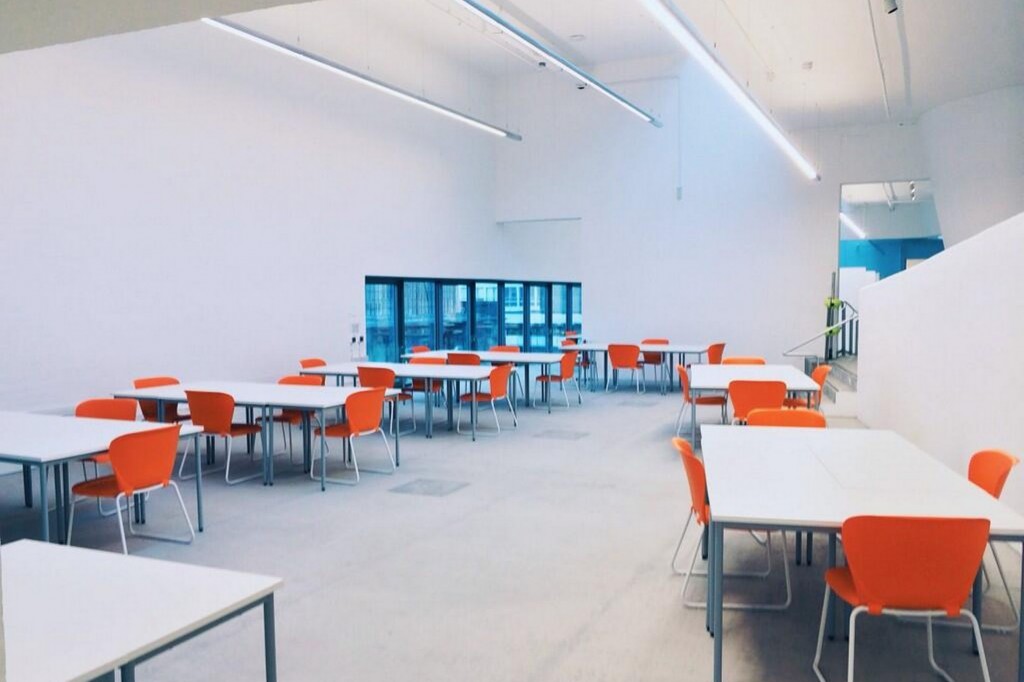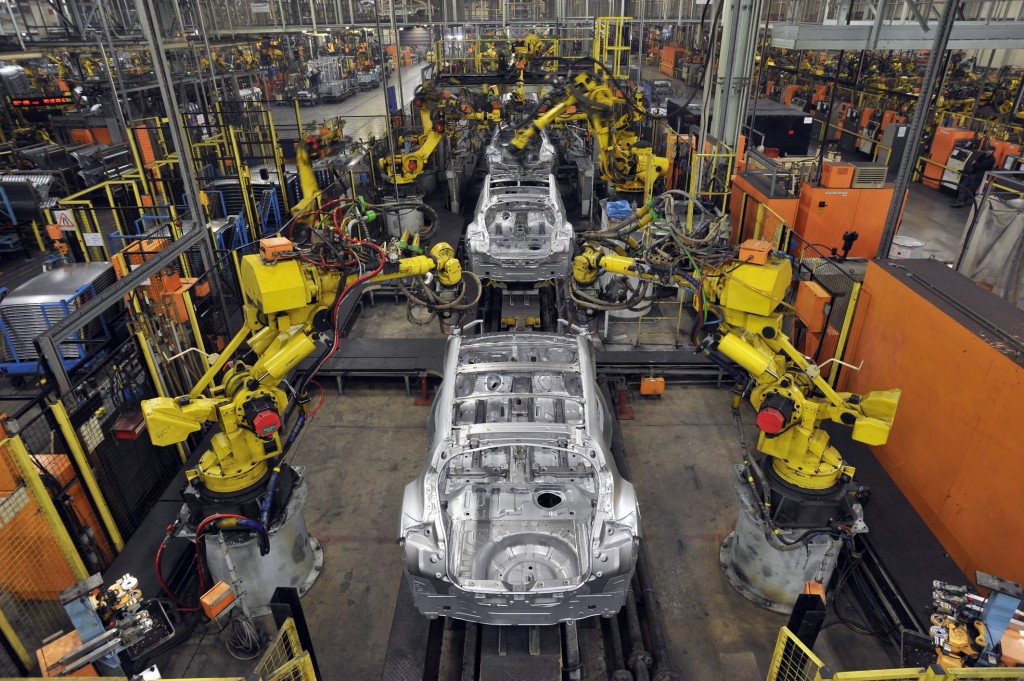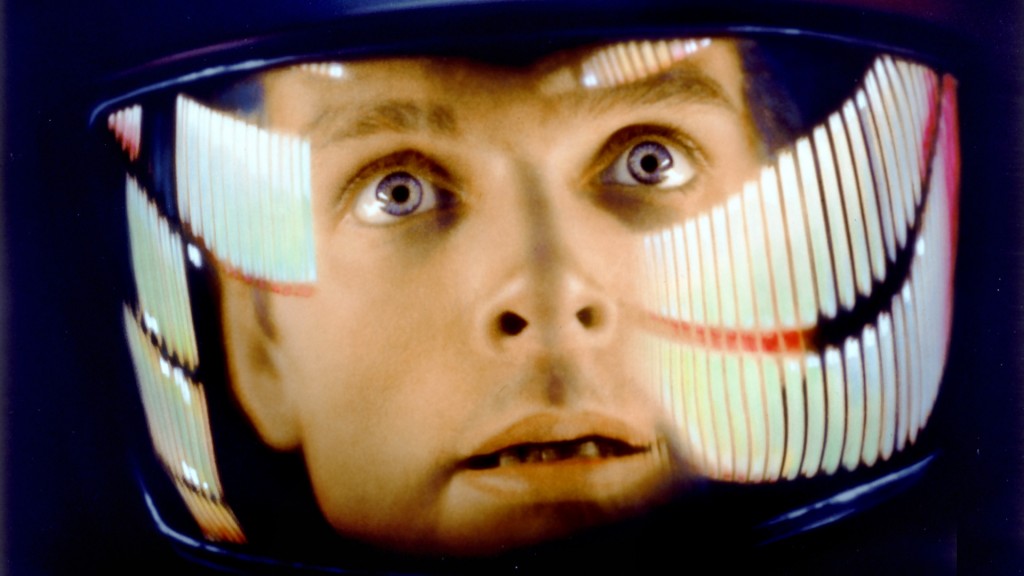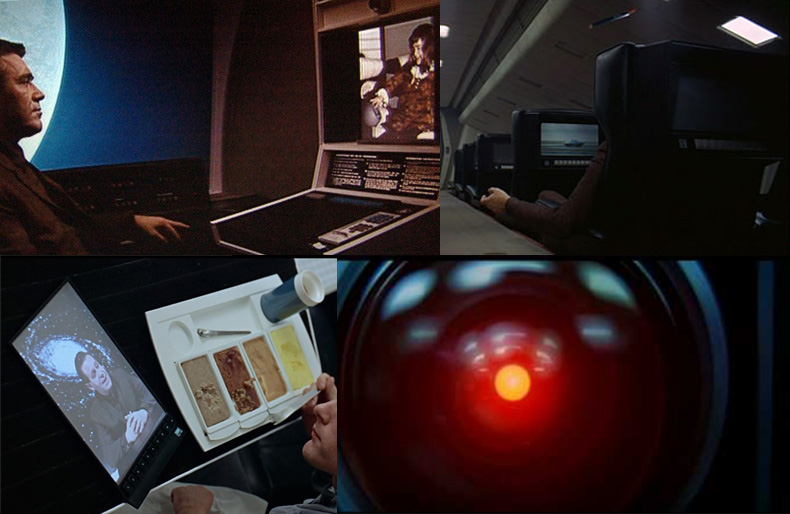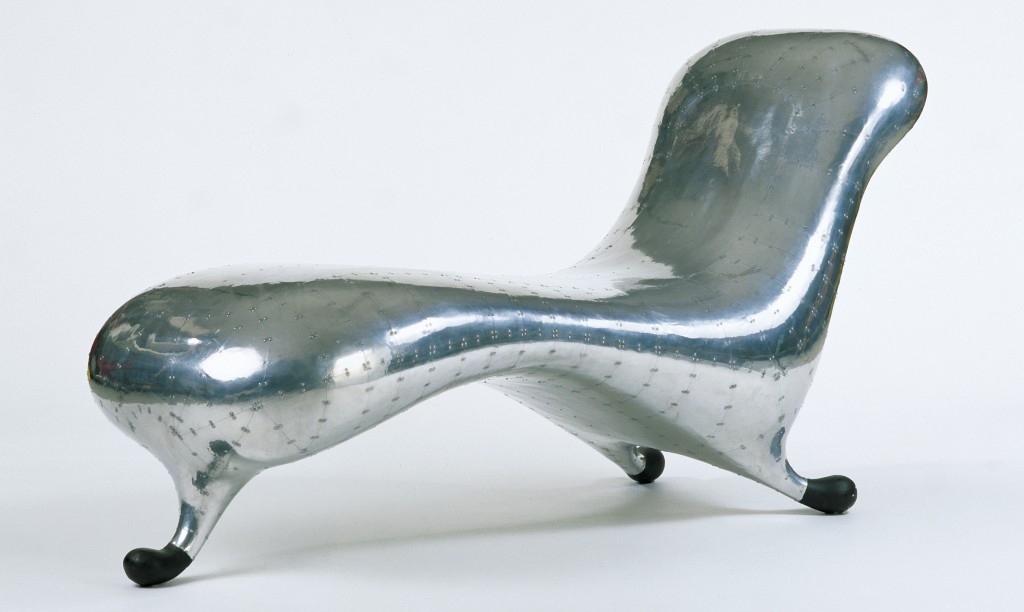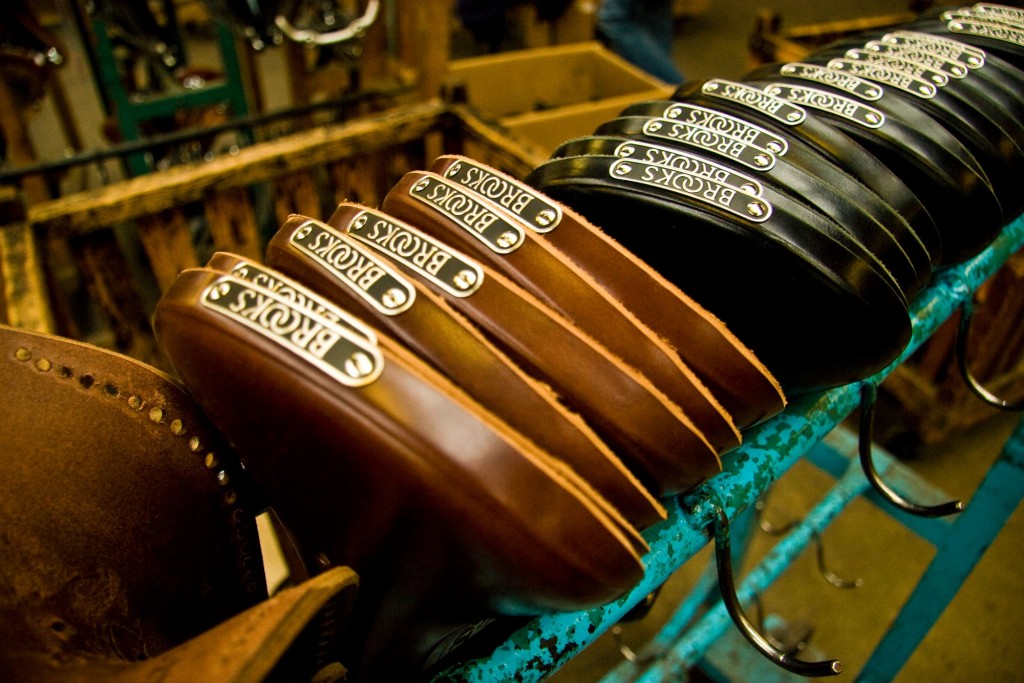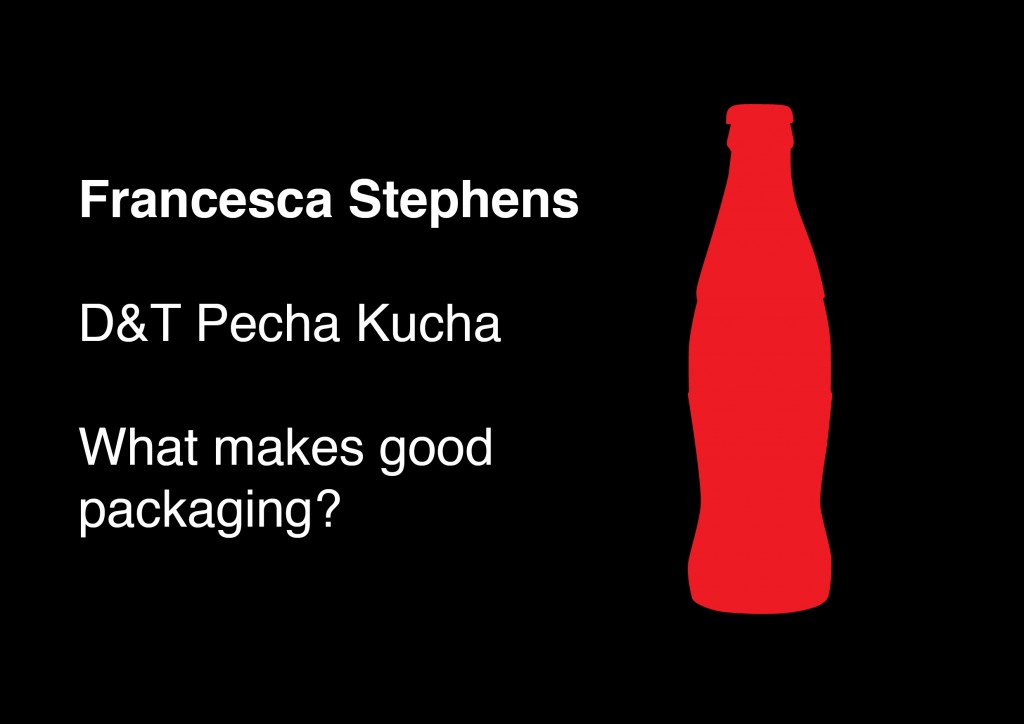
Last year for a course called Design and Technology I had to create a Pecha Kucha on a subject of my choice. A Pecha Kucha is a presentation style of having 20 slides for 20 seconds each. I decided to present what I though made good packaging. I made my Pecha Kucha a bit more interactive by having a little quiz while I was speaking. An outline appeared on each page and I asked the class to guess what the packaging or product was. The following text is my slides and script for the presentation.
What makes good packaging? Coca-cola
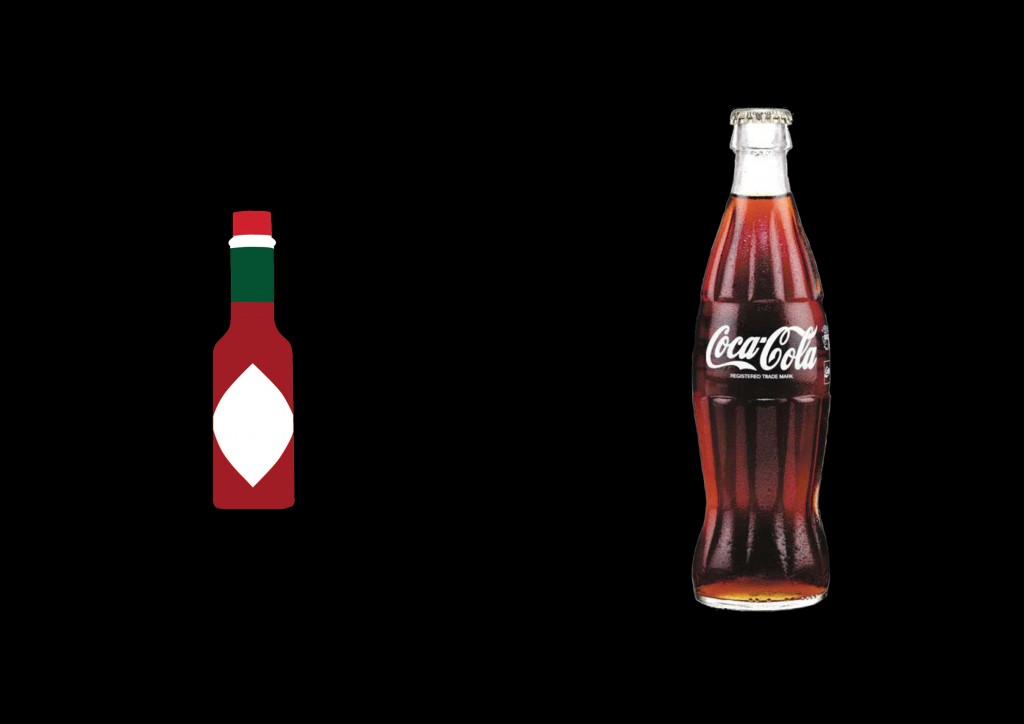 So of course you will know this bottle. The Classic Coca cola glass bottle. Designed in the form of a lady it, apparently it’s so distinctive you can recognise it in the dark. The bottle has been so successful that inspired many artists and designers to paint it or indeed create designs on it.
So of course you will know this bottle. The Classic Coca cola glass bottle. Designed in the form of a lady it, apparently it’s so distinctive you can recognise it in the dark. The bottle has been so successful that inspired many artists and designers to paint it or indeed create designs on it.
What is your product? Tabasco
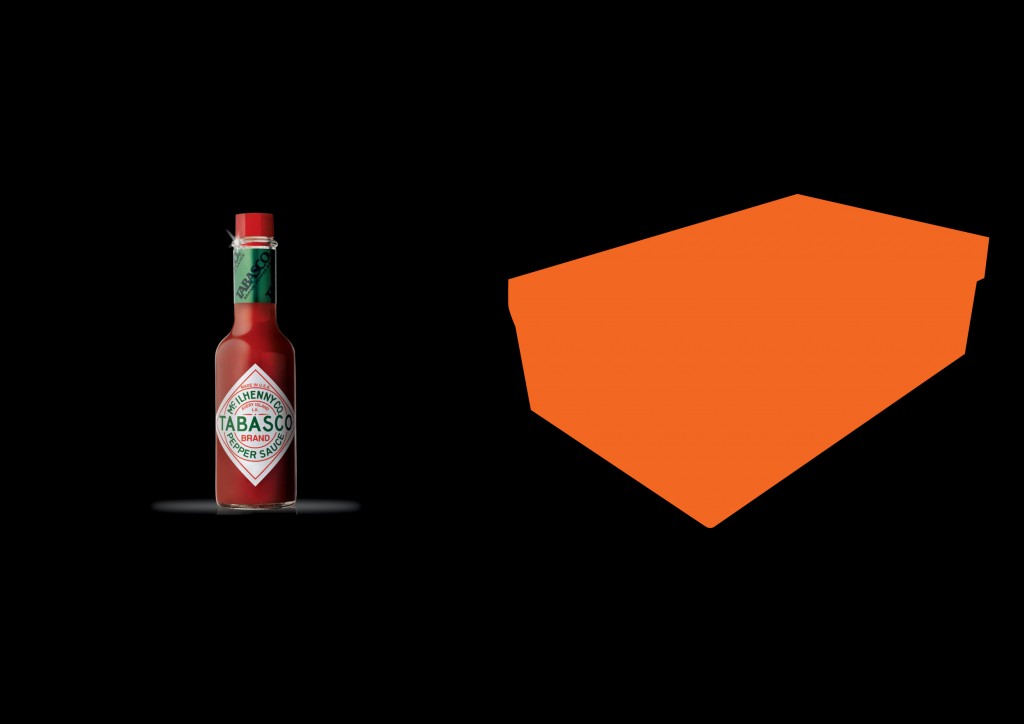 The first thing you need for packaging is what is your actual product and what is the most suitable way of packaging it. You would not use soluble cardboard for a litre of tropical juice unless it had been laminated with plastic like a carton. Also if it’s a liquid that might stain plastic if it’s stored for a long time such as tabasco sauce you might be better off using glass.
The first thing you need for packaging is what is your actual product and what is the most suitable way of packaging it. You would not use soluble cardboard for a litre of tropical juice unless it had been laminated with plastic like a carton. Also if it’s a liquid that might stain plastic if it’s stored for a long time such as tabasco sauce you might be better off using glass.
How big is your brand? Nike Shoe Box
Historic brands have an easier time of packaging, if they have a good logo like Nike. A packaging designer can just stick it on a brightly coloured box and make it look distinctive. For new brands packaging is a good way of promoting the product on the shelves. After price, packaging is the next reason a person chooses a product and it is a large factor in building brands.
Who are market? Nutella
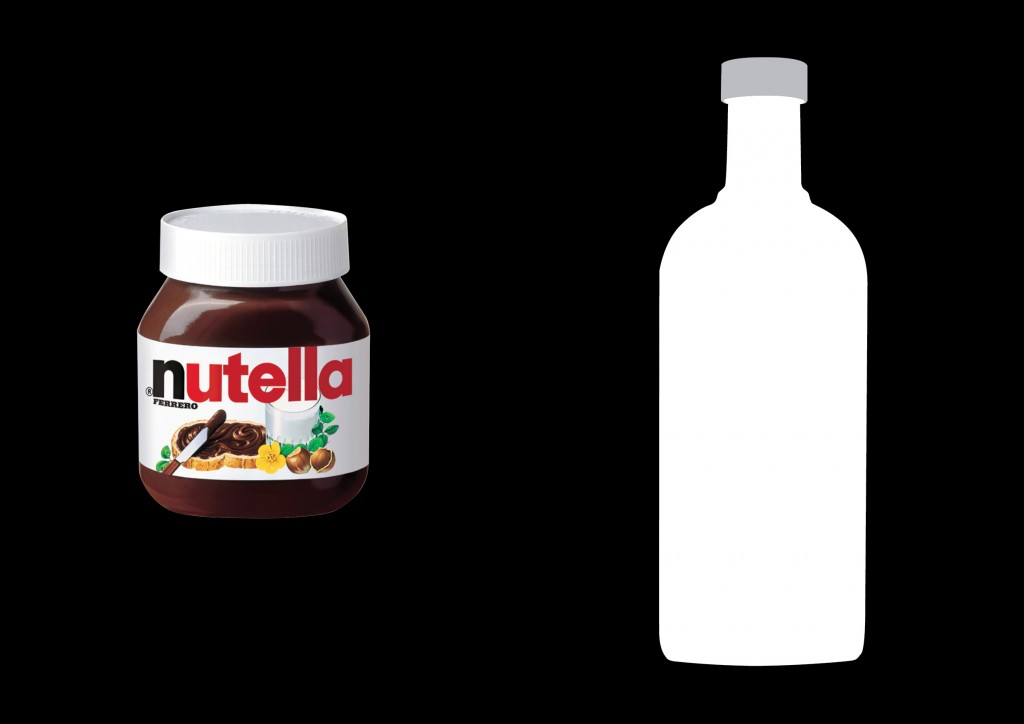 All companies have a target market. This can be portrayed in the shape and graphic design on their packaging. Nutella is marketed towards families, its round friendly shape will oversized lid screams to kids and parents to pick it up. A lot of food packaging could be more geared to ‘mums’ as apparently women 3 times more susceptible to packaging compared to men.
All companies have a target market. This can be portrayed in the shape and graphic design on their packaging. Nutella is marketed towards families, its round friendly shape will oversized lid screams to kids and parents to pick it up. A lot of food packaging could be more geared to ‘mums’ as apparently women 3 times more susceptible to packaging compared to men.
Make the brand clear – Absolut
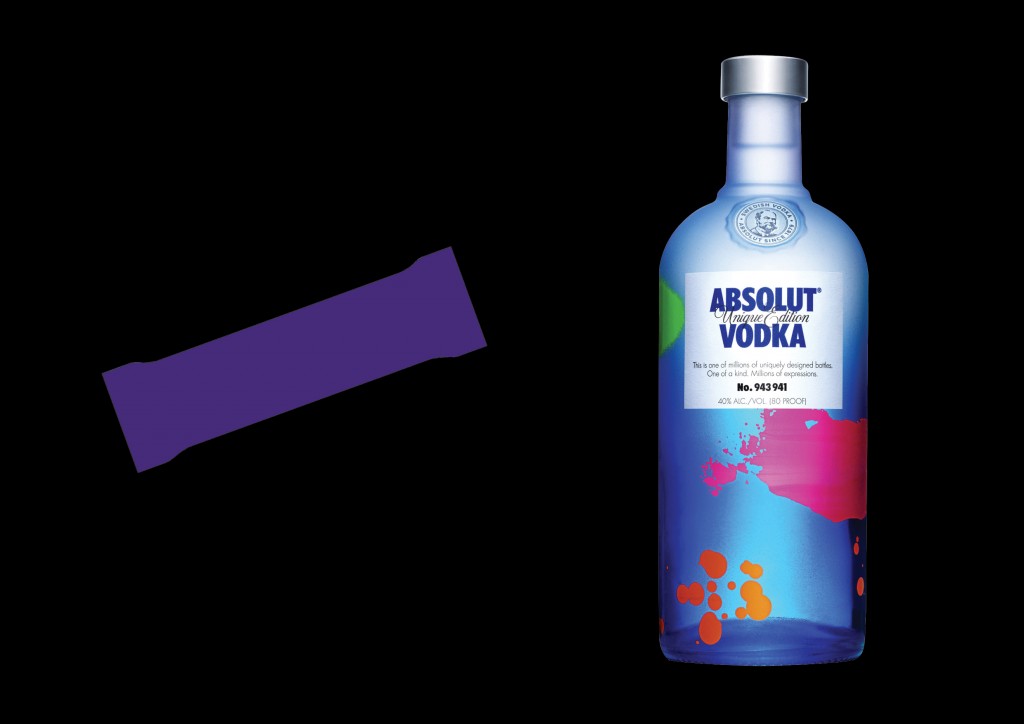 Certain brand have an original style, such as Absolut who constantly bring out limited edition bottles created by artists. Recently they created 4 million bottles each unique in collaboration with swedish glass manufacturers Ardagh. Thirty-eight different colours and 51 patterns were applied to the bottles by machines randomly.
Certain brand have an original style, such as Absolut who constantly bring out limited edition bottles created by artists. Recently they created 4 million bottles each unique in collaboration with swedish glass manufacturers Ardagh. Thirty-eight different colours and 51 patterns were applied to the bottles by machines randomly.
Colour – Dairy Milk
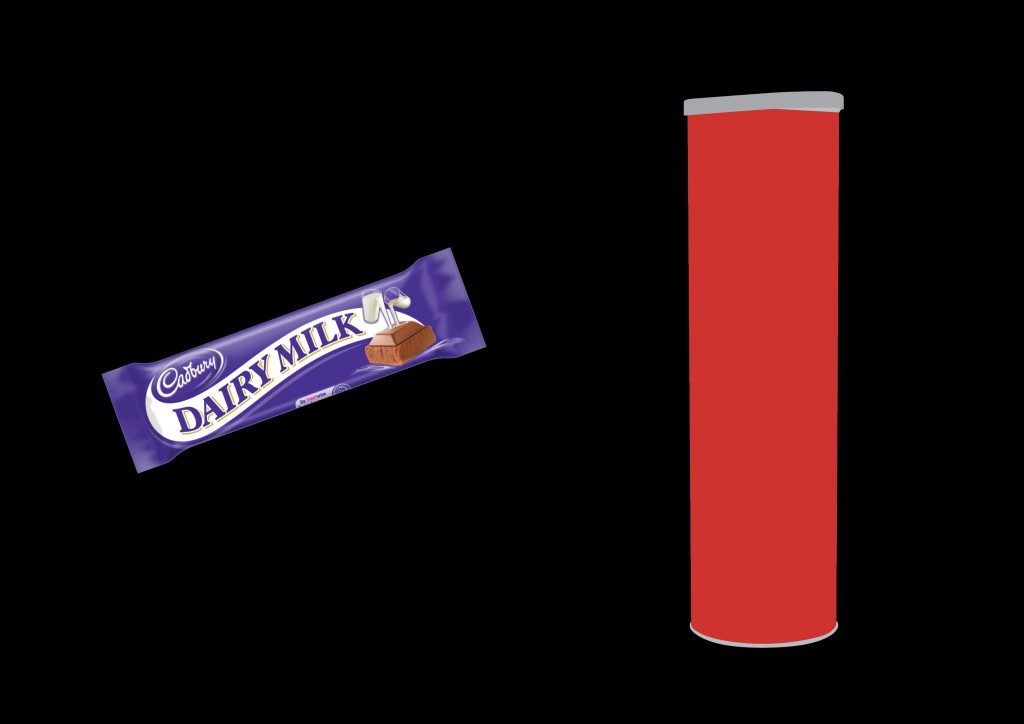 Some brands you can recognise just by the colour. Consider the Cadbury dairy milk adverts, such as the Gorilla one or the eyebrow one, they have a consistent theme of the only colour in them being Purple. To be specific Dairy Milk has trademarked the Purple with Pantone No. 2685C. People also relate colours to industry white for medical and green for farming and gardening.
Some brands you can recognise just by the colour. Consider the Cadbury dairy milk adverts, such as the Gorilla one or the eyebrow one, they have a consistent theme of the only colour in them being Purple. To be specific Dairy Milk has trademarked the Purple with Pantone No. 2685C. People also relate colours to industry white for medical and green for farming and gardening.
Do you need to protect the product? – Pringles
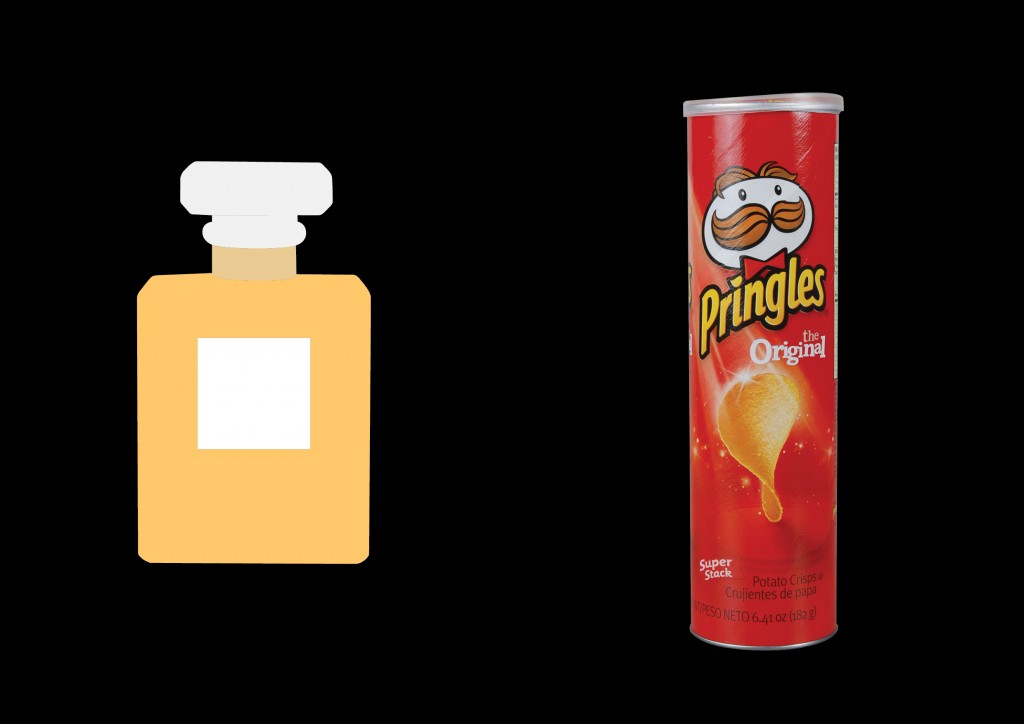 The simplest functional reason for packaging is the fact it needs to protect the product inside. The Pringles tube is a simple way of protecting and containing the hyperbolic paraboloid potato based snacks. Protection packaging is most common with electronics, they generally use expanded polystyrene moulds to prevent damage to the delicate equipment inside.
The simplest functional reason for packaging is the fact it needs to protect the product inside. The Pringles tube is a simple way of protecting and containing the hyperbolic paraboloid potato based snacks. Protection packaging is most common with electronics, they generally use expanded polystyrene moulds to prevent damage to the delicate equipment inside.
Can your product be the packaging? – Chanel no 5
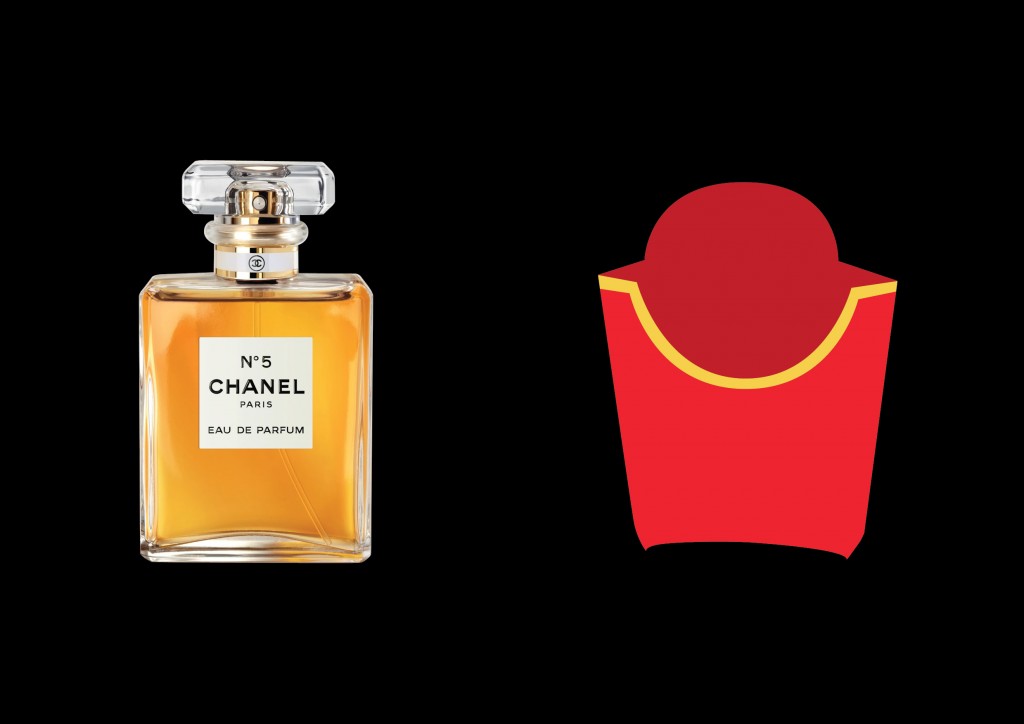 When buying perfume I would generally avoid bottles I don’t like and pick up bottles I liked the look of then actually test the smell of the perfume. I would say packaging is generally the product with drinks containers, on the move with a bottle of water you would use the bottle to drink the water so it is an integral part of the product. This could be said with cans and juice cartons.
When buying perfume I would generally avoid bottles I don’t like and pick up bottles I liked the look of then actually test the smell of the perfume. I would say packaging is generally the product with drinks containers, on the move with a bottle of water you would use the bottle to drink the water so it is an integral part of the product. This could be said with cans and juice cartons.
How much of your product is there? – McDonald’s Chips
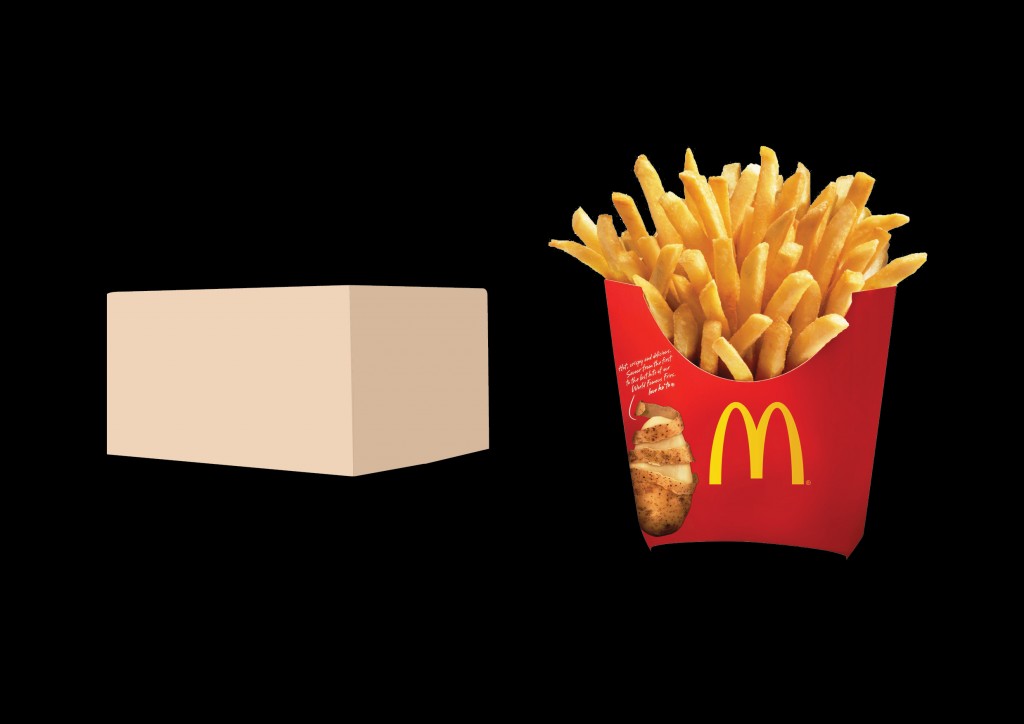 A lot of packaging is used to contain more than one of the same product – such as 6-packs of beer and pencil tins. The McDonald’s chip box distinctive shape presents the chips as well holds them and even stands up for cleanliness. In shops companies come up with ways of multi-packing by using shrink-wrap or boxes. Some allow the user to hold the heavier package by including handles.
A lot of packaging is used to contain more than one of the same product – such as 6-packs of beer and pencil tins. The McDonald’s chip box distinctive shape presents the chips as well holds them and even stands up for cleanliness. In shops companies come up with ways of multi-packing by using shrink-wrap or boxes. Some allow the user to hold the heavier package by including handles.
Is your product Secure? – Amazon
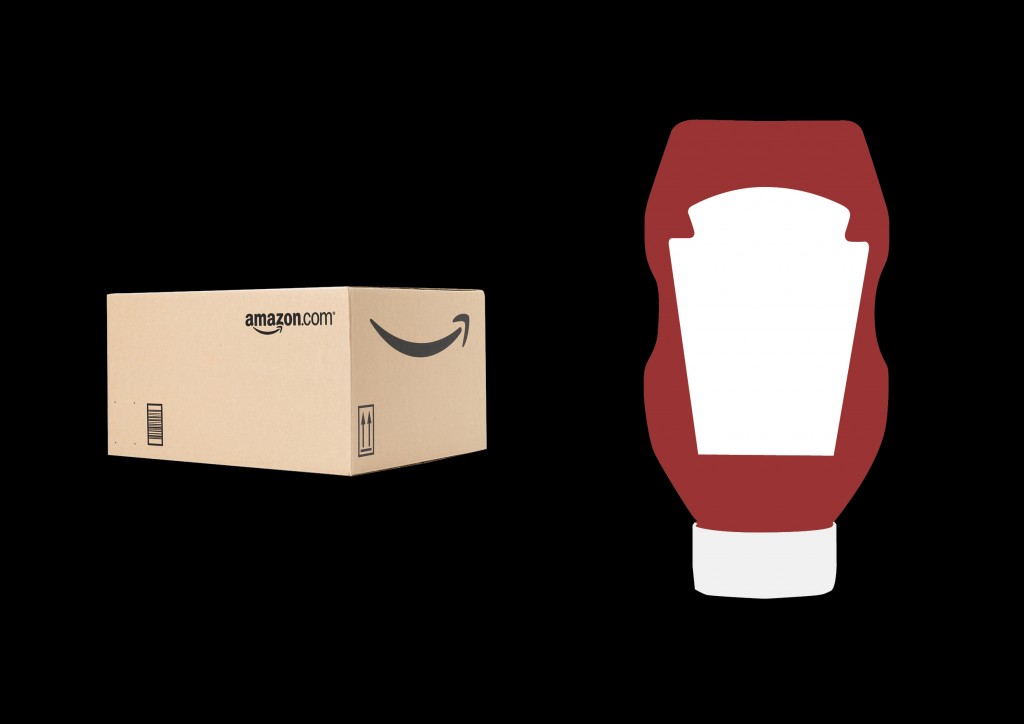 When product are in transit and go through many hands the end-user wants to be secure in mind nobody has tampered with or stolen the product inside. Many products have tamper proof seals and rip proof plastic that is impossible to open. Boxes such as amazon’s frustration-free boxes have only one way of opening but they are also easy to open.
When product are in transit and go through many hands the end-user wants to be secure in mind nobody has tampered with or stolen the product inside. Many products have tamper proof seals and rip proof plastic that is impossible to open. Boxes such as amazon’s frustration-free boxes have only one way of opening but they are also easy to open.
How easy is it to use? – Tomato Ketchup New Squeezy Bottle
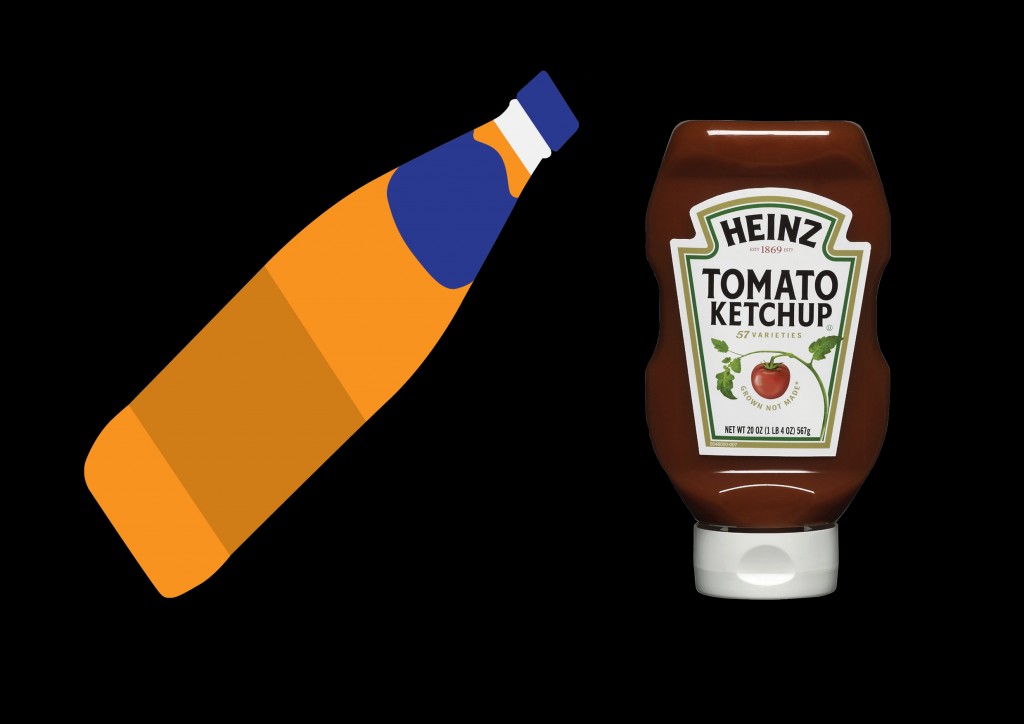 In 2002 Heinz literally turned their design upside down by making it easier to use with their EZ squeeze bottle. The days of using a knife to get tomato ketchup were over. The opposite can happen as well. The short-height bottle caps coca-cola designed to reduce costs and plastic backfired when a lot of customers complained that they were hard and uncomfortable to open.
In 2002 Heinz literally turned their design upside down by making it easier to use with their EZ squeeze bottle. The days of using a knife to get tomato ketchup were over. The opposite can happen as well. The short-height bottle caps coca-cola designed to reduce costs and plastic backfired when a lot of customers complained that they were hard and uncomfortable to open.
Environmentally responsible? – Irn-Bru Bottle
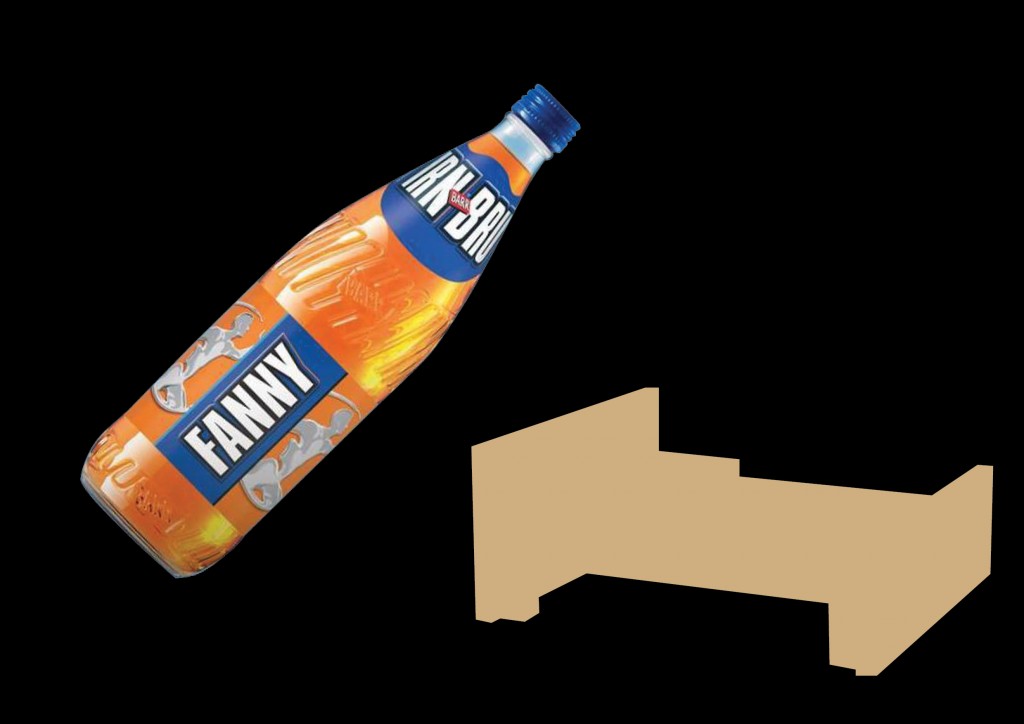 Packaging is generally disposable so companies have to consider making their boxes, bottles, cans and cartons out of biodegradable or recyclable materials. A lot of companies, such as Barr, used to give money to people who brought back their glass bottles to shops. These incentive might have stopped but companies still have the responsibility of informing customers where to bin their packaging
Packaging is generally disposable so companies have to consider making their boxes, bottles, cans and cartons out of biodegradable or recyclable materials. A lot of companies, such as Barr, used to give money to people who brought back their glass bottles to shops. These incentive might have stopped but companies still have the responsibility of informing customers where to bin their packaging
How will your product be stored? – Ikea
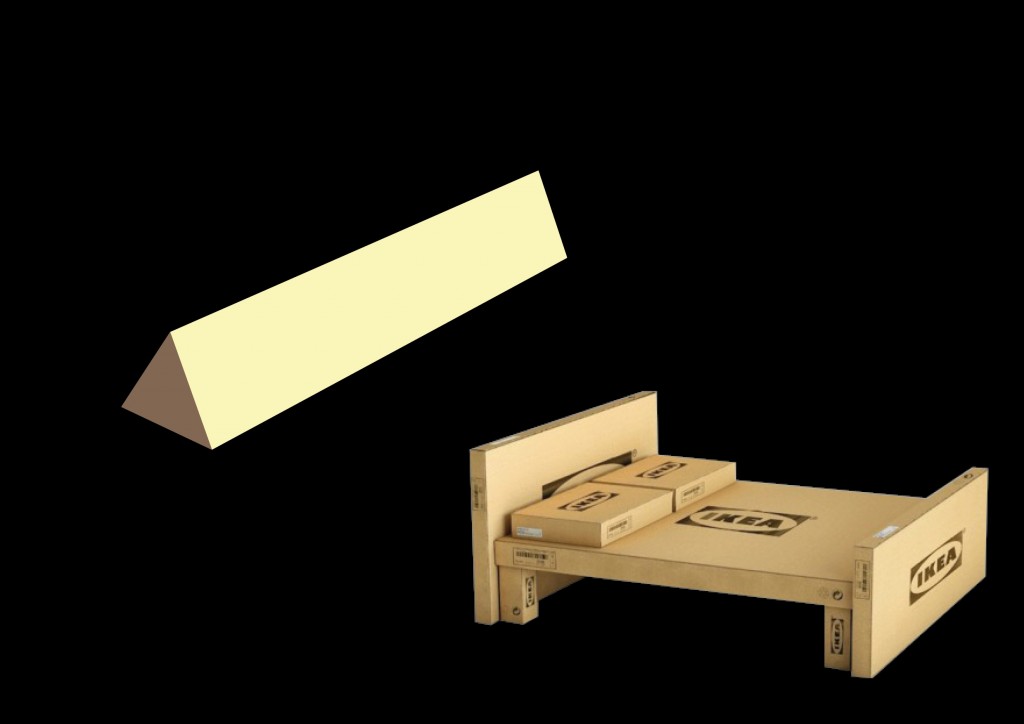 Most products minus food are stored for long lengths of time. For instance, retailers buy products in summer when its cheap and sell in November for the Christmas. Warehouse temperatures go to both extremes, this means products have to be protected from mould and condensation with silicon beads and the packaging has to state storage conditions if needed.
Most products minus food are stored for long lengths of time. For instance, retailers buy products in summer when its cheap and sell in November for the Christmas. Warehouse temperatures go to both extremes, this means products have to be protected from mould and condensation with silicon beads and the packaging has to state storage conditions if needed.
How is it transported? – Toblerone
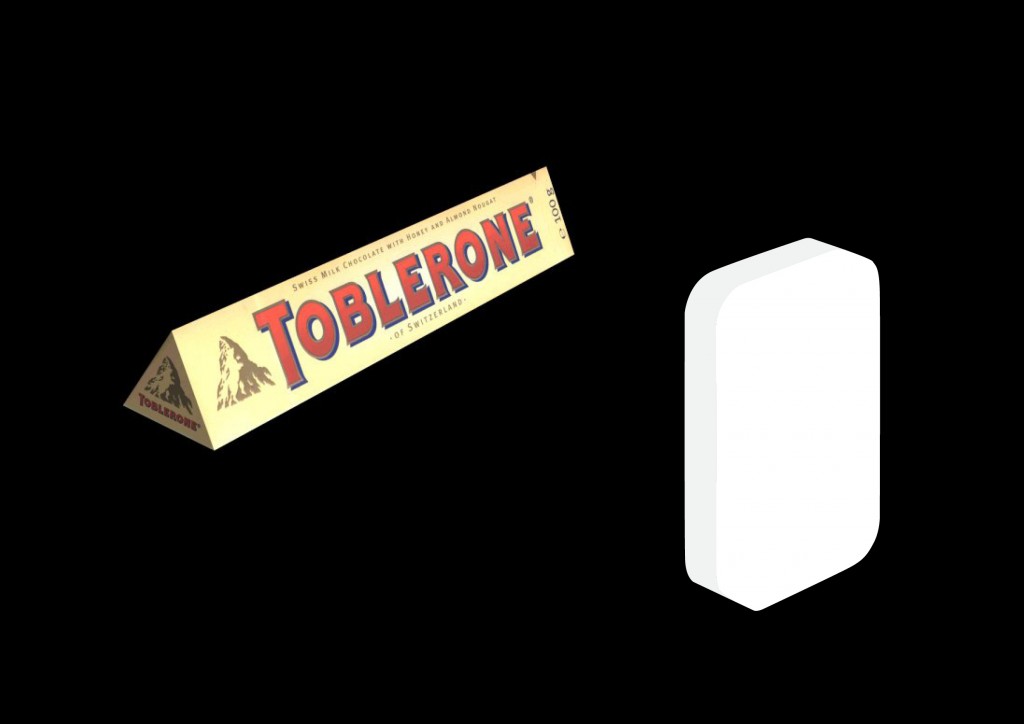 Efficiency of storage and transport is where companies like to make their money. If there is a lot of empty space between packaging then there is a lot of money being lost. Packaging that can stack and tessellate are the most efficient. The more boxes you can get in a metre squared means the more money you can get from the product.
Efficiency of storage and transport is where companies like to make their money. If there is a lot of empty space between packaging then there is a lot of money being lost. Packaging that can stack and tessellate are the most efficient. The more boxes you can get in a metre squared means the more money you can get from the product.
Do you want the unboxing to be an experience – Apple
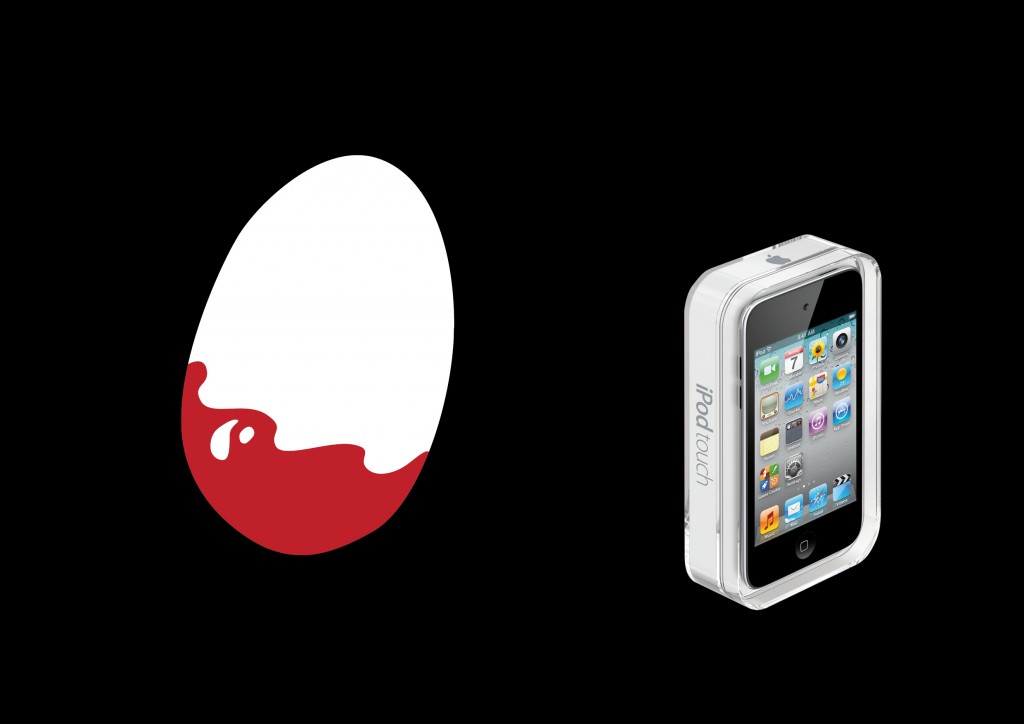 I always feel opening a box is like getting a present at Christmas. Some companies make the unboxing experience fun. Apple’s macbook packaging is the shape of a briefcase with a handle so its easy to transport home. When you open it you are presented with a series of layers so its like opening many presents. Each tab has been considered and all the colours and materials have been thought about.
I always feel opening a box is like getting a present at Christmas. Some companies make the unboxing experience fun. Apple’s macbook packaging is the shape of a briefcase with a handle so its easy to transport home. When you open it you are presented with a series of layers so its like opening many presents. Each tab has been considered and all the colours and materials have been thought about.
Endorsement – Kinder Eggs
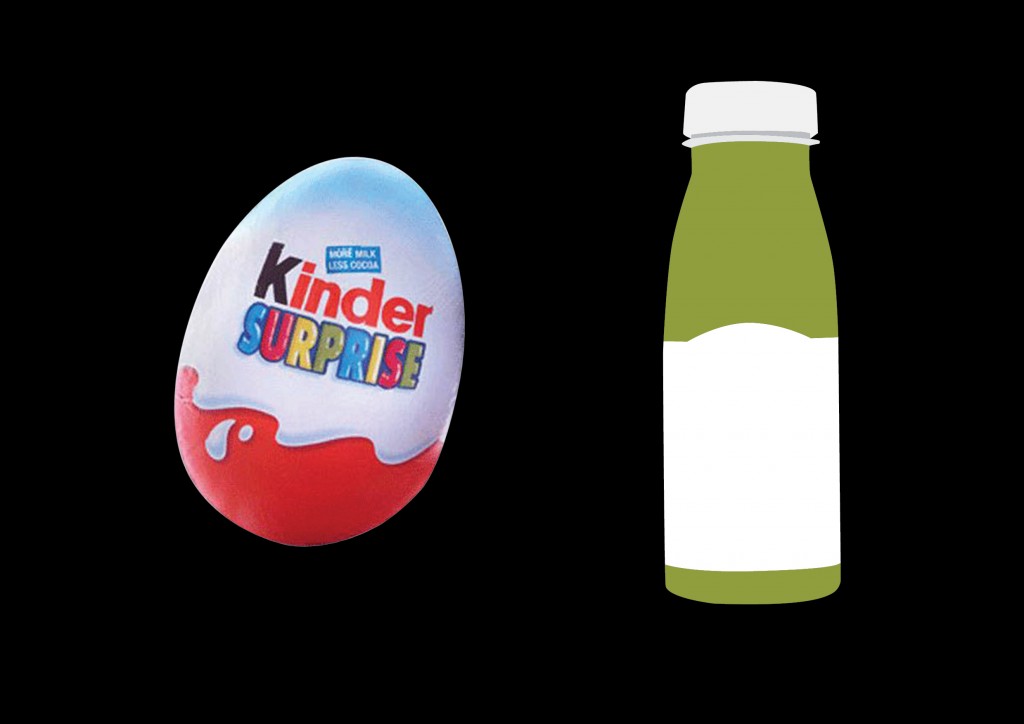 A lot of companies have short run marketing campaigns. Kinder Surprise is the king of endorsement its short run toys are reflected on boxes. The problem is you never seem to get a related toy to what is being promoted currently. Companies use packaging to inform consumers of competitions and promotions. Coupons and codes are generally printed on the packaging.
A lot of companies have short run marketing campaigns. Kinder Surprise is the king of endorsement its short run toys are reflected on boxes. The problem is you never seem to get a related toy to what is being promoted currently. Companies use packaging to inform consumers of competitions and promotions. Coupons and codes are generally printed on the packaging.
What does your product need to inform? – innocent smoothie bottle
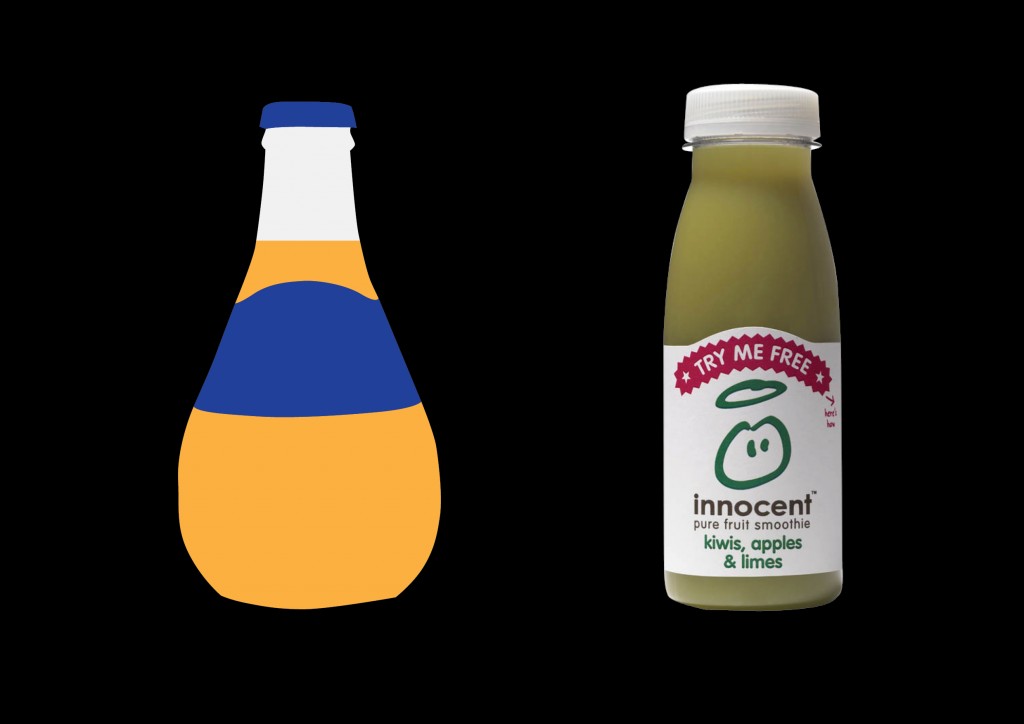 Packaging has to inform the customer of whats inside. Many industries are required to print ingredients, allergy information, Recycling information, Disposing information, CE Marking and so forth. The package has to promote the company with logos and branding. It also might have witty things to read like on innocent smoothie cartons. The juice bottles also ask you also to stop looking at its bum when you look at the base.
Packaging has to inform the customer of whats inside. Many industries are required to print ingredients, allergy information, Recycling information, Disposing information, CE Marking and so forth. The package has to promote the company with logos and branding. It also might have witty things to read like on innocent smoothie cartons. The juice bottles also ask you also to stop looking at its bum when you look at the base.
Can the shape inform? – Orangina
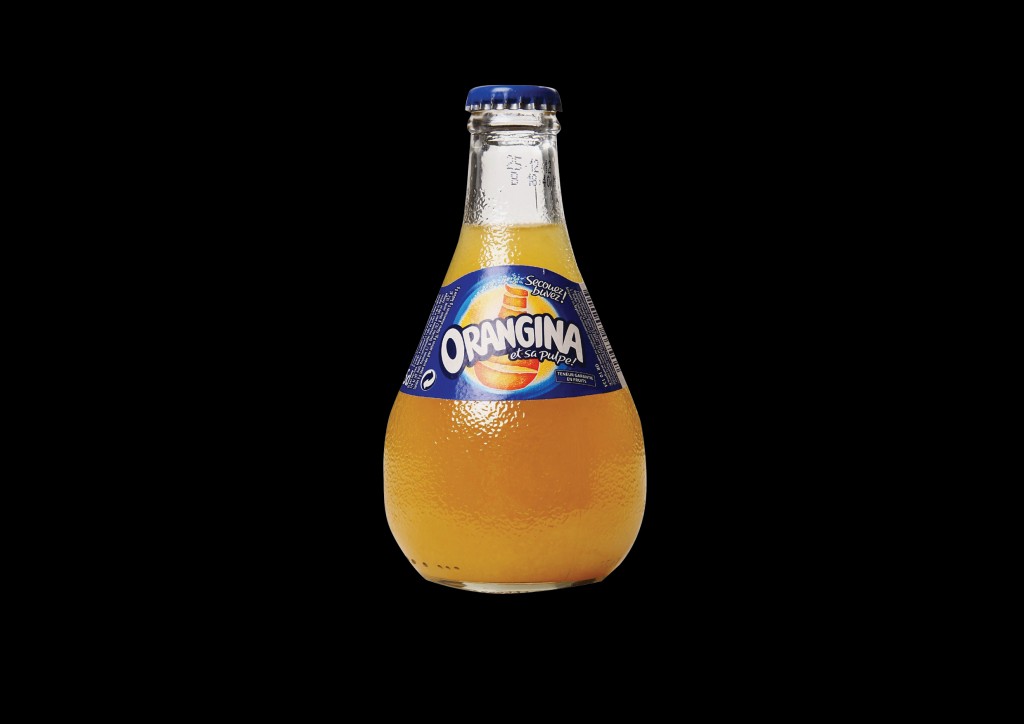 The shape of packaging can inform what is inside. For instance, orangina bottle is the shape of an orange, also is a nice bottle to hold. Beer bottles have a distinctive shape so you know that they are beer. This is the same with milk bottles, the size of milk bottle you know how much milk you are getting. Cans are generally always fizzy drinks so you know its carbonated.
The shape of packaging can inform what is inside. For instance, orangina bottle is the shape of an orange, also is a nice bottle to hold. Beer bottles have a distinctive shape so you know that they are beer. This is the same with milk bottles, the size of milk bottle you know how much milk you are getting. Cans are generally always fizzy drinks so you know its carbonated.
Packaging contains, protects, preserves, transports, informs, and sells
